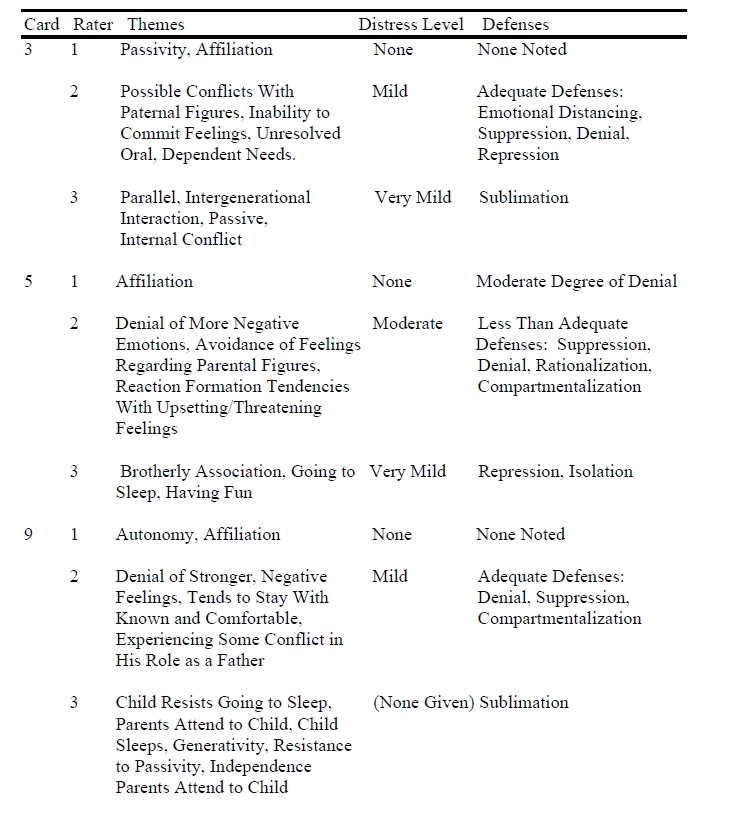Factor Analysis Table and write up.
The variance explained by this factor was 22.55%. The communalities of the variables included are rather low overall with one variable (to socialize or spend time with other people also watching) having a small amount of variance (35%) in common with the other variables in the analysis.
A factor loading for a variable is a measure of how much the variable contributes to the factor; thus, high. Figure 1. Graphical representation of the types of factor in factor analysis where numerical ability is an example of common factor and communication ability is an example of specific factor.

Follow your style how to write up a factor analysis guidelines to a Essay Writing Help You've created the blueprint for a perfect paper: outlined the framework, devised a great thesis statement and located enough evidence to support your argument.

We endeavor to deliver how to write up factor analysis results 100% satisfaction every how to write up factor analysis results time you come to us for assistance. The best part is that we have a flexible pricing policy that lets you select an affordable package considering the type of your paper, the number of words, and academic level.

Step 1: Determine the number of factors If you do not know the number of factors to use, first perform the analysis using the principal components method of extraction, without specifying the number of factors. Then use one of the following methods to determine the number of factors.

This process is used to identify latent variables or constructs. The purpose of factor analysis is to reduce many individual items into a fewer number of dimensions. Factor analysis can be used to simplify data, such as reducing the number of variables in regression models.

We have already discussed about factor analysis in the previous article (Factor Analysis using SPSS), and how it should be conducted using SPSS.In this article we will be discussing about how output of Factor analysis can be interpreted.

Loadings close to -1 or 1 indicate that the factor strongly influences the variable. Loadings close to 0 indicate that the factor has a weak influence on the variable. Some variables may have high loadings on multiple factors. Unrotated factor loadings are often difficult to interpret.

Statistics: 3.3 Factor Analysis Rosie Cornish. 2007. 1 Introduction This handout is designed to provide only a brief introduction to factor analysis and how it is done. Books giving further details are listed at the end. As for principal components analysis, factor analysis is a multivariate method used for data reduction purposes.

What is Factor Analysis? Factor analysis is a statistical technique for identifying which underlying factors are measured by a (much larger) number of observed variables. Such “underlying factors” are often variables that are difficult to measure such as IQ, depression or extraversion. For measuring these, we often try to write multiple.

Analysing a topic. You cannot start to analyse a topic until you have a solid idea about the overall meaning or effect of it. With this in mind, you can then begin your analysis.

Factor analysis reporting The eight topic factors Six items loaded onto Factor 1. It is clear from Table 1 that these six items all relate to difficulty students reported in knowing what to write. This factor loads onto reported level of difficulty in understanding and interpreting assignment questions, understanding and.

How to write up Exploratory Factor Analysis. An example of the format for writing up the analysis. Includes Principal Components Analysis and raw data.



